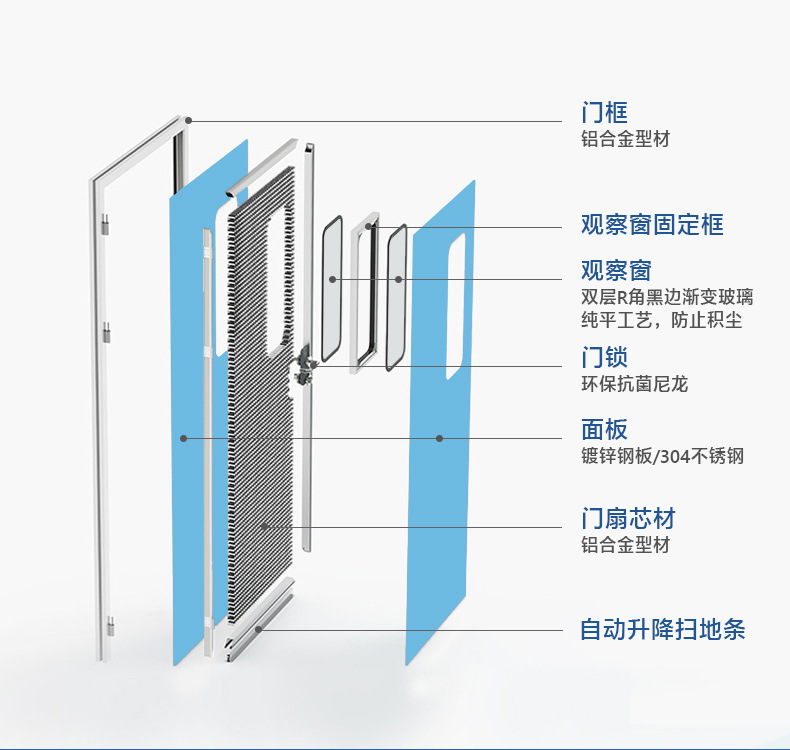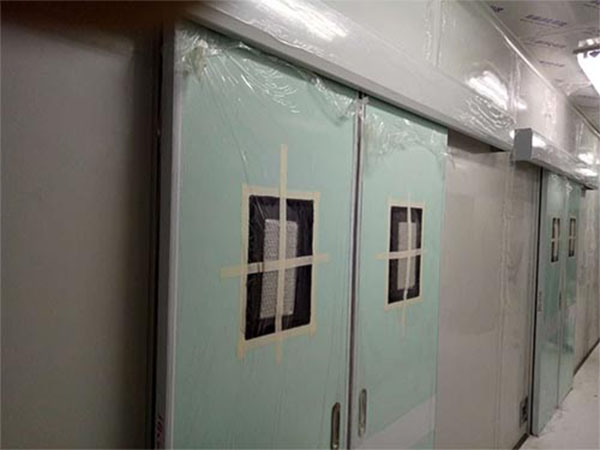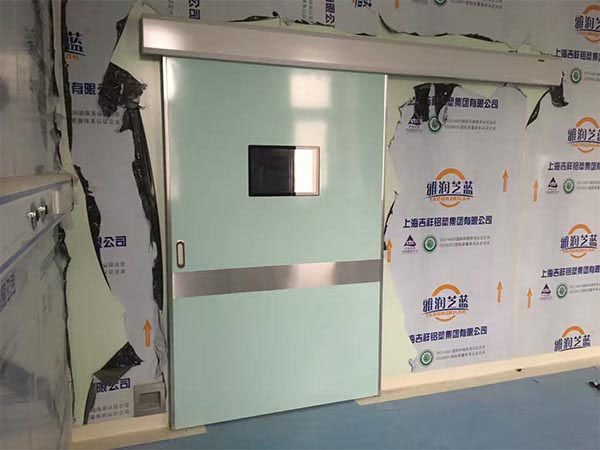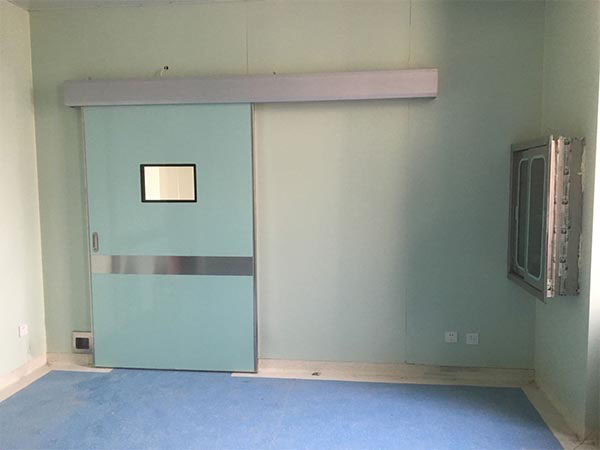The operating room is a very important place, and in order to ensure that there is no interference during surgery, many hospitals have installed airtight doors in the operating room to ensure the safety of the surgical environment. But to ensure safety, hospitals need to maintain the airtight doors of their operating rooms during use. Let's take a look at how to maintain it.
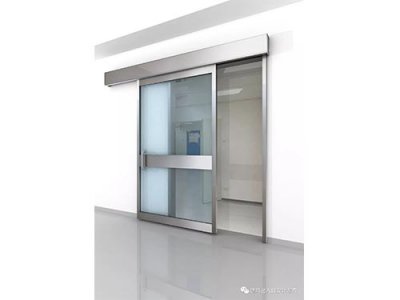
Maintenance of airtight doors:
1. When using, be sure not to let heavy objects or sharp objects collide and scratch, avoid deformation, cause gaps between them to become larger, damage the surface protective layer, and reduce its performance.
2. To maintain well, it is necessary to do a good job of cleaning. Not only should the door be cleaned, but also attention should be paid to wiping off any residual moisture on the surface after cleaning to avoid water residue, which may cause rusting of the door body and components. In addition, it is necessary to maintain cleanliness in the vicinity and promptly remove accumulated dust and waste to avoid affecting the sensing device and causing insensitivity.
3. When in use, a large amount of dust will accumulate inside the chassis. To prevent poor operation during switch operation, the chassis must be cleaned regularly and carried out when the power is turned off to ensure the safety of maintenance work.
4. The coordination between various components during operation is very important, so regular maintenance and inspection of the guide rails and ground wheels should be carried out during maintenance, with good cleaning and lubrication to avoid potential faults.
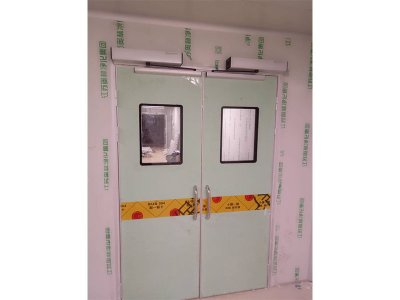
The airtight door is the key to the operating room. It not only prevents excessive external air from flowing into the sterilized operating room, but also provides convenience for hospital personnel to enter and exit, avoiding any impact on the surgery. Therefore, during use, it is necessary to maintain the airtight door to ensure the best operating quality.





